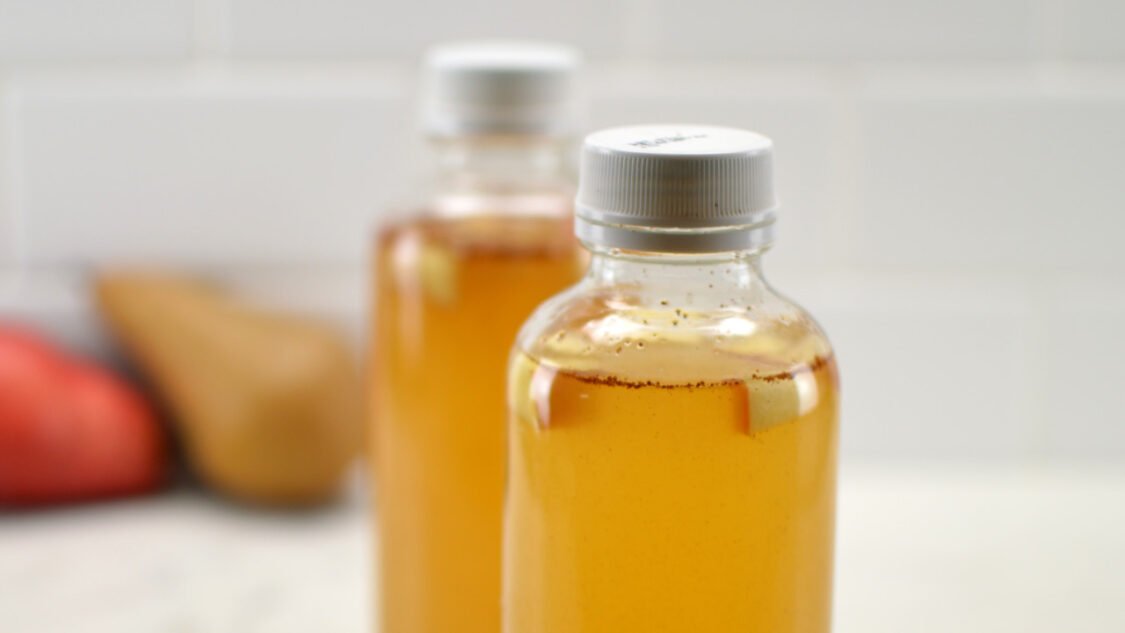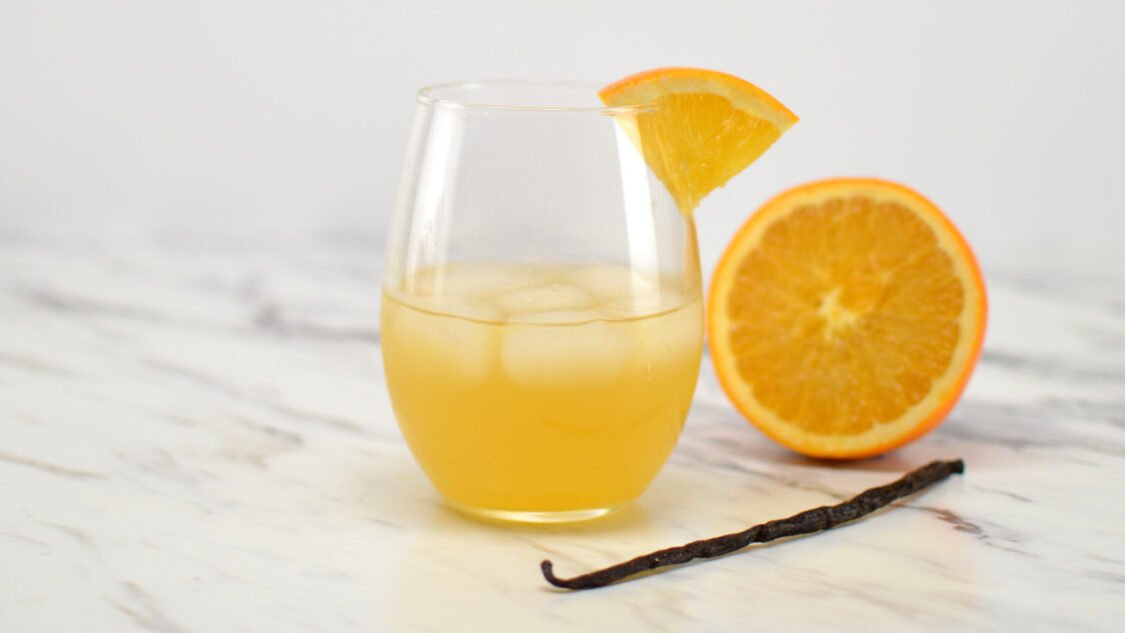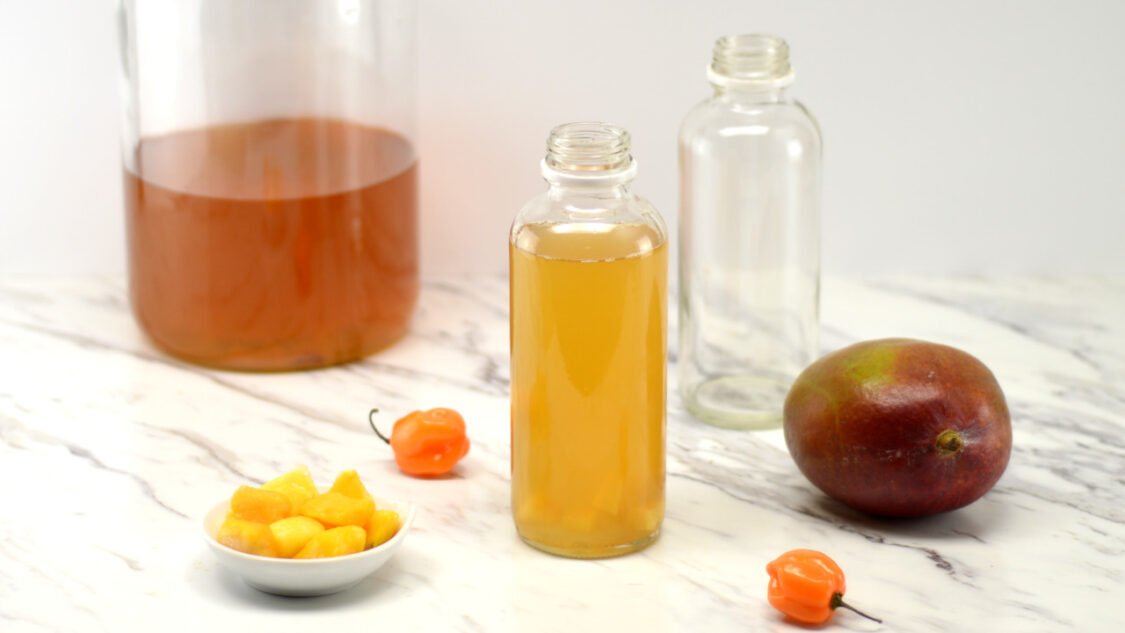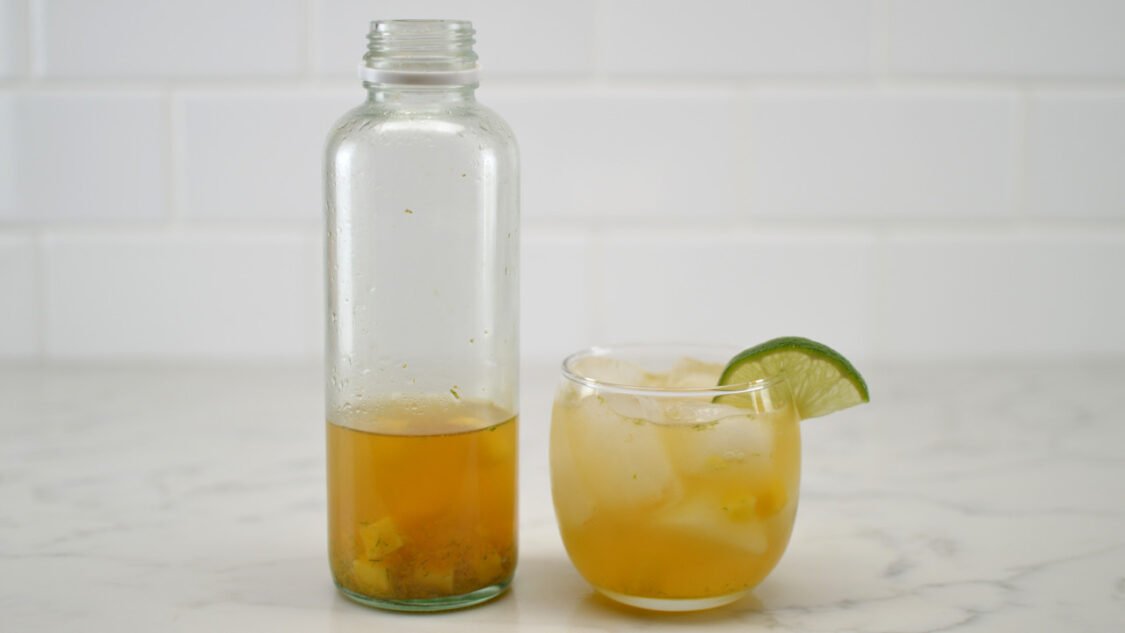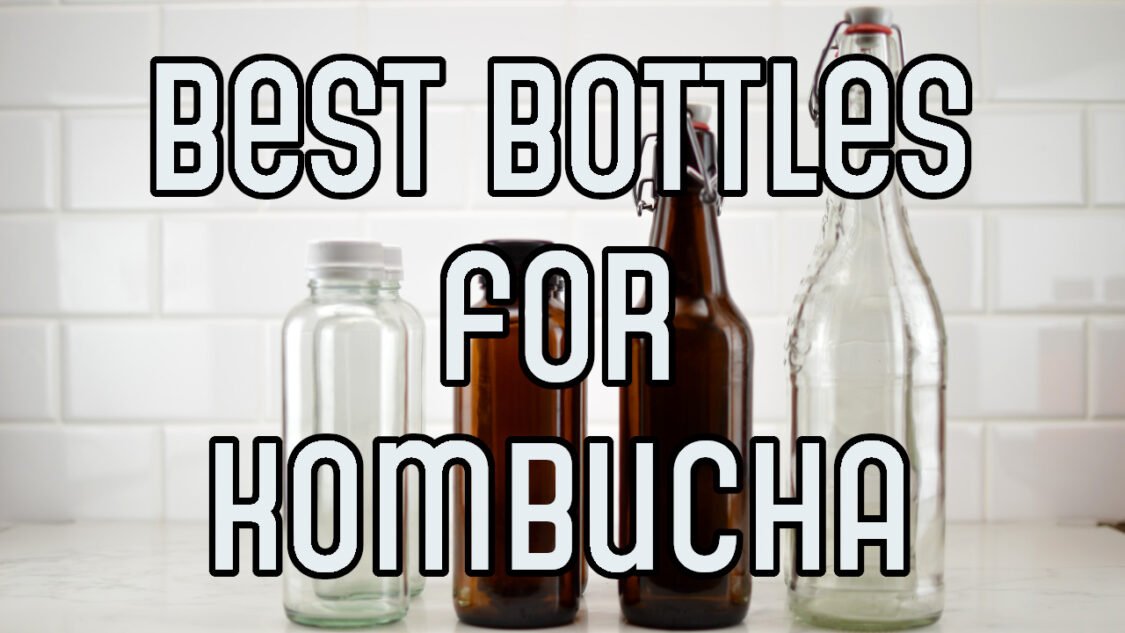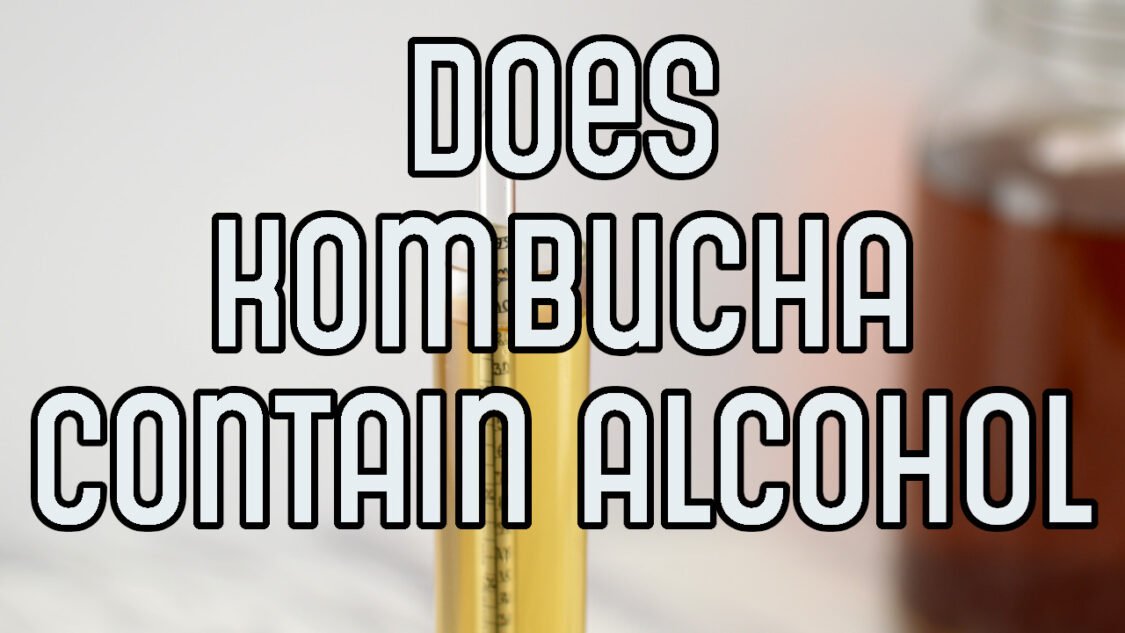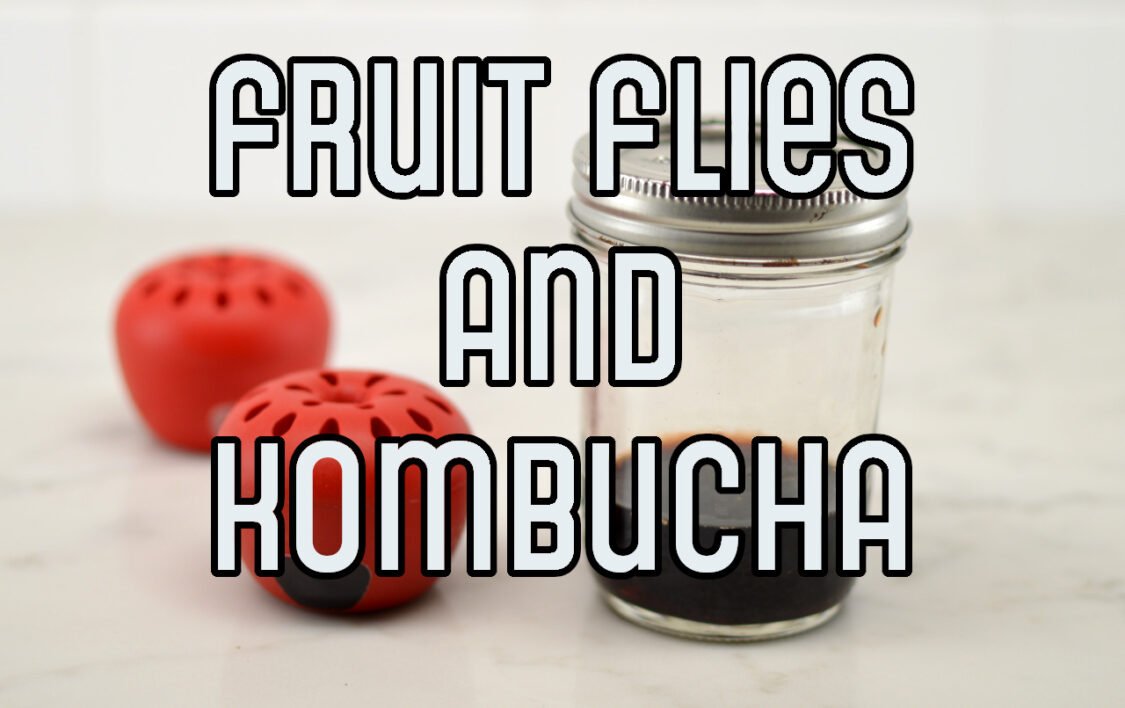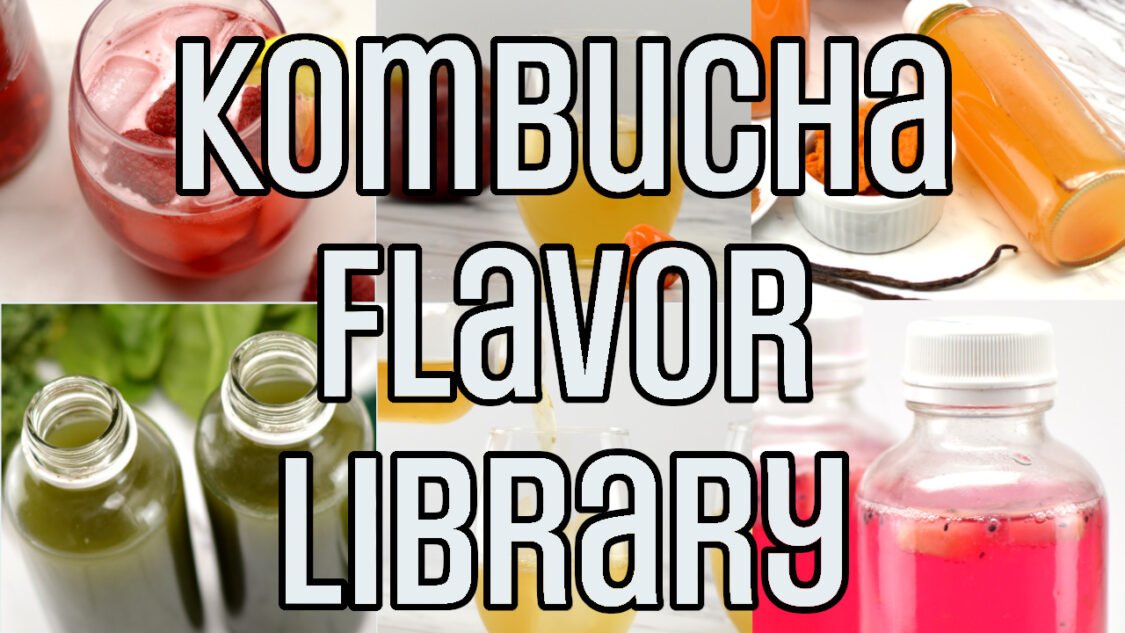Orange Blossom Kombucha

Made with lime blossom herb tea, jasmine green tea, orange blossom honey, orange zest, and orange flower water Orange Blossom Kombucha is a unique flavor of kombucha with a combination of floral, citrusy, and slightly sweet notes. This ingredients combine to create a kombucha with a light and refreshing flavor profile, making it a perfect beverage for warm weather or as a thirst quencher.
The lime blossom herb tea imparts a delicate and fragrant flavor, while the jasmine green tea provides light, floral, and slightly vegetal notes. The orange blossom honey adds a touch of sweetness, as well as a subtle citrusy aroma, while the orange zest provides a bright and zesty flavor. Finally, the orange flower water further enhances the floral and citrusy notes in the kombucha.
To make Orange Blossom Kombucha, you will first need to make kombucha with 50% lime blossom herb tea and 50% jasmine green tea and complete primary fermentation of your kombucha. See step 2 of how to make kombucha for detailed instructions.
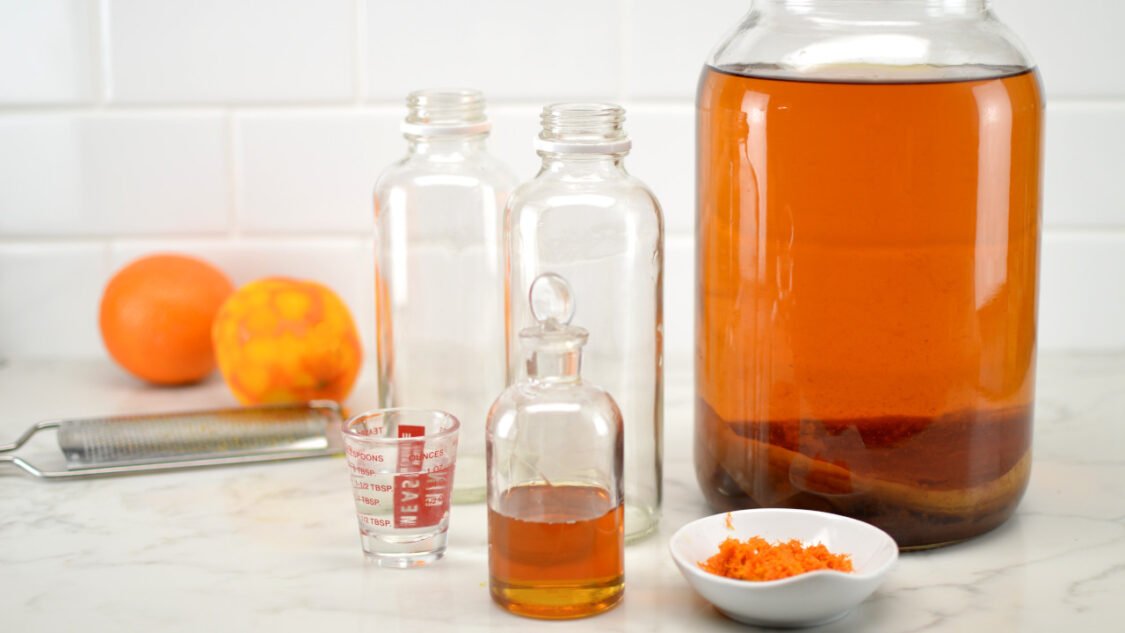
Kombucha Fermentation Overview
There are two fermentation phases when making kombucha:
Primary Fermentation: This is when you transform sweet tea into tart and tasty kombucha. Get all the details at my article on how to make kombucha.
Secondary Fermentation: This is when you carbonate your homemade kombucha by adding flavors (like orange zest and orange blossom water) and honey and bottling it.
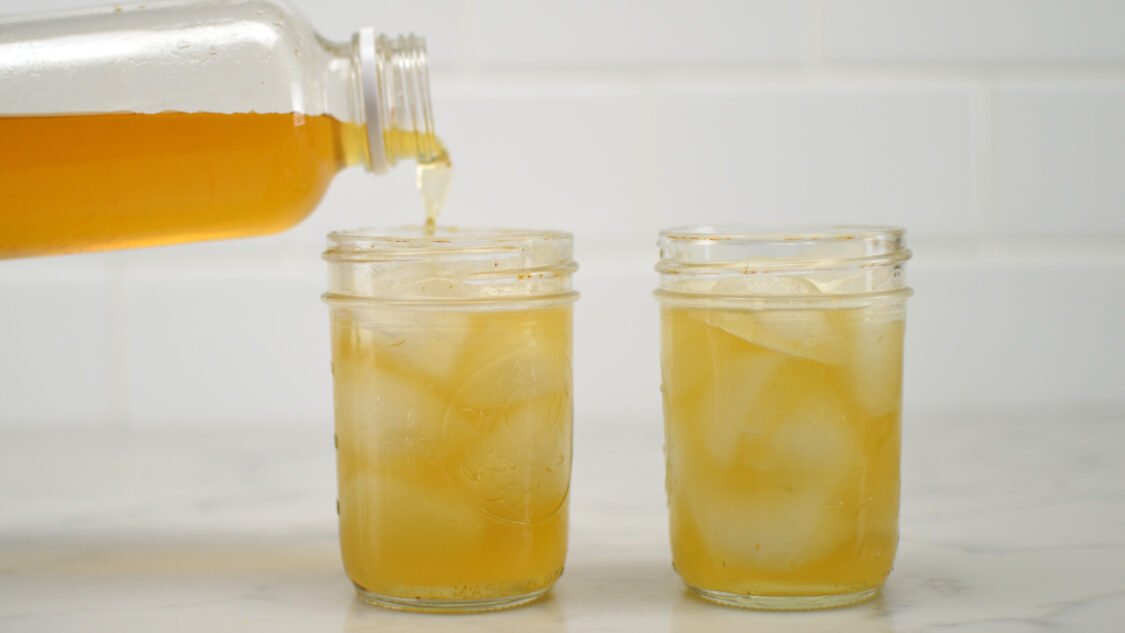
Preparing for Secondary Fermentation
This recipe makes about 7 x 16 fluid ounce bottles of finished kombucha (from a 1-gallon batch of unflavored homemade kombucha aka from your primary fermentation).
Reserve 2 cups (about 16 oz / 0.47L) kombucha and your SCOBY from your completed primary fermentation and set aside – you will use this as your starter for your next gallon batch of kombucha.
With your kombucha starter tea and SCOBY placed aside, you now have enough kombucha left to flavor and fill your bottles. This guide assumes are using 16 oz. glass bottles which are a popular choice for kombucha; however, there are many options for bottling kombucha.
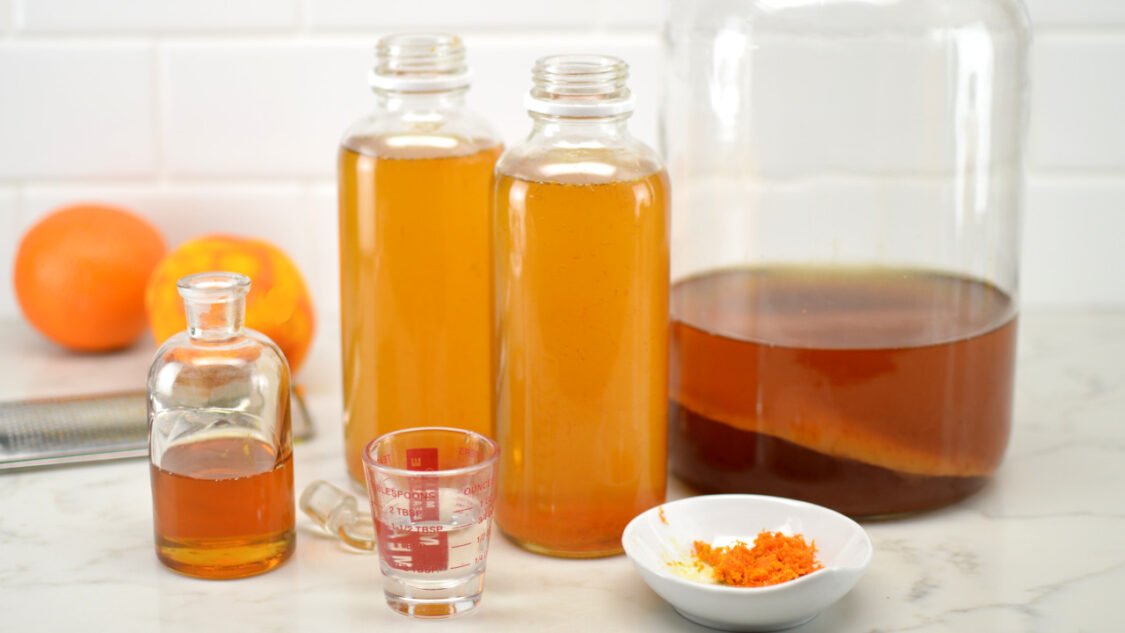
Ingredients to make Orange Blossom Kombucha
Kombucha: Finished kombucha from your first fermentation is the base to which you will add the layers of orange flavors
Lime blossom herb tea: Lime blossom (also known as Linden flower or tilleul) herb tea is a type of herbal tea that is made from the dried flowers of the Tilia cordata, a species of lime tree that is native to Europe. This tea is known for its delicate and sweet aroma, as well as its soothing and calming properties.
Lime blossom herb tea has a light and fragrant flavor, with notes of honey and a hint of lemon. It is naturally caffeine-free, making it a great alternative to traditional tea for those who are sensitive to caffeine. In addition to its delicious flavor, lime blossom herb tea is also believed to have a number of health benefits, including reducing anxiety, improving sleep quality, and aiding in digestion.
Jasmine green tea: Jasmine green tea is a green tea base scented with jasmine flowers. The jasmine blossoms contribute a slightly sweet taste and fragrance.
Orange blossom (or any floral) honey: Orange blossom honey is a type of honey that is made from the nectar of the orange blossom flower. This type of honey is known for its delicate and sweet flavor, with a subtle citrusy aroma that is reminiscent of fresh orange flowers.
Fresh orange zest: Orange zest is the outermost layer of the orange peel, which is rich in flavorful oils and aroma compounds. Orange adds a bright, citrusy flavor to the kombucha. The zest should be removed carefully with a fine grater or zester, taking care not to include the bitter white pith that lies just beneath the outer layer.
Orange flower water: Orange flower water, also known as orange blossom water, has a delicate, floral, and citrusy aroma, with a light and slightly sweet flavor. It is made by distilling the essential oils from the orange blossom flowers, resulting in a clear, strongly scented liquid.
How to make Orange Blossom Kombucha
Add Flavors: Divide cacao nibs, mint, vanilla and sugar between the bottles.
Bottle: Transfer kombucha to fermentation bottles.
Condition: For 3 to 10 days, until it reaches the carbonation level you like.
Enjoy: Chill in the fridge before serving and strain out fruit pieces when pouring (optional)
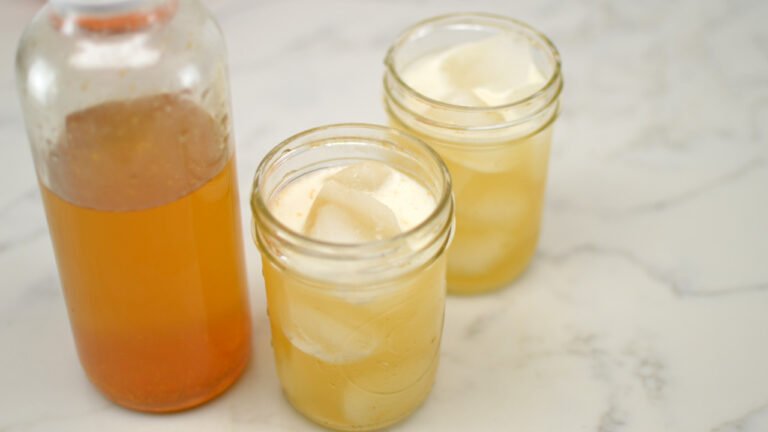
Orange Blossom Kombucha Recipe
Yield: 7 bottles • Active time: 20 minutes • Total time: 3 -10 days
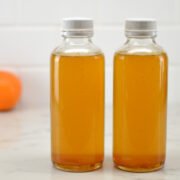
This recipe assumes you are doing a secondary fermentation (flavoring and carbonation) in the bottle. You may also incorporate a third fermentation using the same proportions but following the third fermentation steps.
Ingredients:
1 gallon homemade kombucha from a first fermentation, 3.7 L – made with 1/2 (4 bags or 4 tsp) lime blossom herb tea (also called linden blossom or tilleul) and 1/2 (4 bags or 4 tsp) jasmine green tea. Substitute 1/4 cup of orange blossom (or any floral) honey for 1/4 cup of the sugar in the sweetened tea for kombucha.
4 tablespoons orange zest
2 – 4 tsp orange flower water
8 tsp orange blossom (or any floral) honey
Instructions:
Make Kombucha: If you haven’t already, make a 1 gallon batch of kombucha using 50%(4 bags or 4 tsp) lime blossom herb tea (also called linden blossom or tilleul) and 50% (4 bags or 4 tsp) jasmine green tea. Substitute 1/4 cup of orange blossom (or any floral) honey for 1/4 cup of the sugar in the sweetened tea. Let it ferment until ready for flavoring. For details see step 2 of how to make kombucha.
Flavor: Evenly divide orange zest and orange flower water between the bottles. (Approximately 2 tsp zest and 1/4 tsp orange flower water per bottle)
Sweeten: Add one tsp honey to each 16 0z bottle
Bottle: Transfer kombucha into fermentation bottles, leaving about 1 inch empty at the top. Seal tightly.
Ferment: Place in a dark, room temperature area for 3 to 10 days, until it reaches the carbonation level you like. This process will go faster in warmer climates, and slower in cooler climates.
Enjoy: Chill your Orange Blossom Kombucha bottles in the refrigerator before serving and strain the kombucha to remove zest when serving (optional).
Homemade kombucha can be stored in the fridge, tightly sealed, for several weeks
Tips & Tricks:
Make sweet tea for your next batch the night before you flavor and bottling and let it cool on the stove overnight so that you can flavor your kombucha and get your next batch started at the same time.
If this is your first time brewing, it may be helpful to use a plastic water bottle as a gauge. Fill a recyclable plastic bottle with kombucha (leaving 1.5 inches empty at the top). When this bottle becomes rock hard, you’ll know the glass bottles are also ready. This will help you gauge how long it take for kombucha to carbonate your climate and will prevent bottle explosions.
Nutrition Information:
Kombucha Recipes You Might Also Like
More Kombucha Knowledge
Helping you learn to brew kombucha, find inspiration for new kombucha flavors and use kombucha to make kombucha mocktails

